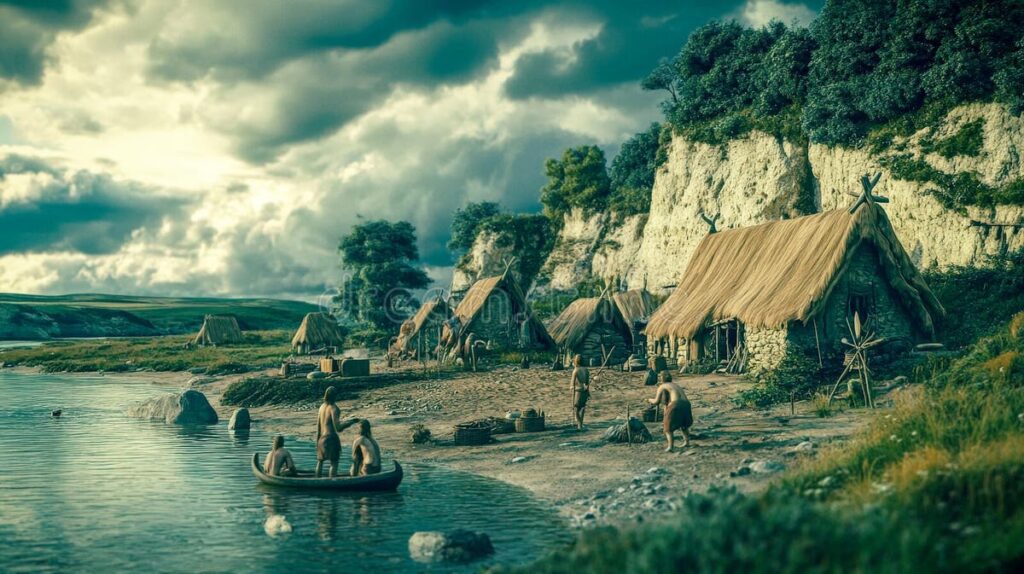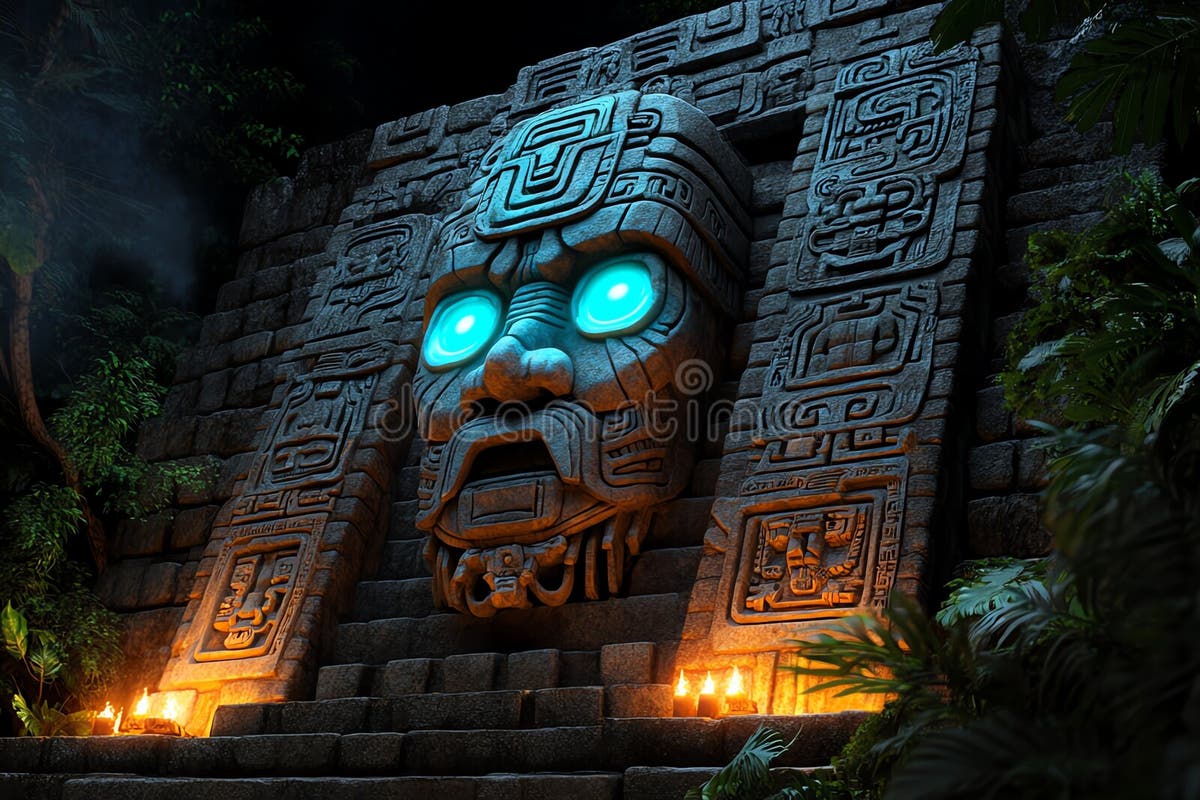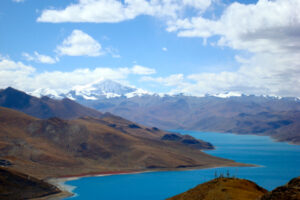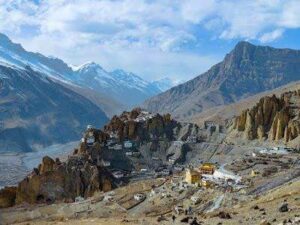20 best disappeared tribes of the world
There are countless moments and experiences that linger in our memories, such as trips to picturesque hill stations, visits to historic sites, thrilling adventures, discovering hidden places, and encounters with wildlife. In this article, we offer you a visual insight into the intriguing concept of the “lost tribes” through an illustrative map depicting the Ten Lost Tribes of Israel. This concept serves as a powerful historical symbol, often invoked in discussions about groups that have disappeared from the historical record or become disconnected from their roots.

Misplaced tribes are communities accepted to have disappered or ended up separated from the advanced world, frequently holding old conventions, dialects, and ways of life.
Some are authentic puzzles, like the Ten Misplaced Tribes of Israel, whereas others are uncontacted inborn bunches in inaccessible locales such as the Amazon rainforest or Papua Modern Guinea.
Their separation can result from topographical obstructions, movement, or strife. Numerous misplaced tribes are subjects of interest, mixing human studies, legend, and exploration.
Efforts to contact them are disputable due to the chance of illness transmission and social disturbance, making their conservation and assurance a touchy worldwide concern.
Below is a curated investigation of 20 of the world’s most captivating “misplaced” or confined tribes, traversing subjects of old vanishing, social disengagement, intentional segregation, and endangerment. Each section draws from dependable sources and investigates history, geology, and modern-day status.
1. The Ten Lost Tribes of Israel
Once the ten Northern tribes of Israel (Reuben, Simeon, Dan, Naphtali, Gad, Asher, Issachar, Zebulun, Manasseh, and Ephraim), they were exiled by the Assyrians around 720 BCE and largely disappeared from historical records . Over centuries, various communities like the Lemba in southern Africa and Kurdish Jews have claimed lineage to these tribes, with genetic and cultural ties supporting such assertions in some cases .
2. Lemba (South Africa & Zimbabwe)
Although increasingly assimilated into modern society, the Lemba maintain Jewish-like traditions (ritual slaughter, circumcision, Star of David motifs) and even share genetic markers with the ancient Jewish priestly line, known as the “Cohen” gene.

3. Samaritans
An ancient community identifying with tribes of Ephraim and Manasseh, Samaritans have preserved unique religious practices tied directly to Israel’s North even as they remain distinct from Judaism proper .
4. Kurdish Jews
Jews from Kurdistan whose folklore and historical accounts reference descent from Israel’s lost tribes, with notable figures like David Alroi tied to messianic expectations—a testament to deep-rooted cultural memory .
5–8. Highly Isolated/Uncontacted Tribes
These tribes live largely beyond modern society—some by choice, others by geographical isolation.
- Sentinelese (India) — Possibly the most isolated people alive today, they fiercely reject all outside contact and live in complete autonomy on North Sentinel Island .
- Jarawa, Great Andamanese, Onge (Andaman Islands) — Neighboring tribes that have suffered dramatic declines and loss of distinct identity due to disease and colonial disruption .
- Korowai (Papua, Indonesia) — Known for their tree-house dwellings and minimal external contact, some Korowai maintain beliefs linking tradition with world stability and resistance to outsiders .
- Various Amazonian tribes (e.g., Kawahiva, Ayoreo, Mashco Piro, Tagaeri) — Scattered across Brazil, Paraguay, Peru, and Ecuador, these tribes are endangered, isolated, and in constant threat from deforestation and exploitation .
9. Pintupi Nine (Australia)
A modern “lost tribe,” these Aboriginal Australians remained entirely isolated until 1984, when they were discovered living traditionally in the Gibson Desert. Today, most joined modern settlements, though one chose to return to the desert .
10. Carabayo (Colombian Amazon)
Living in deep isolation within the Rio Puré National Park, they have limited contact with outsiders, driven there by violent clashes in the past .
11. Tagaeri (Ecuador)
Descendants of the Huaorani tribe who split off and have since fiercely avoided contact. The last encounter resulted in fatal conflict, after which they retreated further into the jungle .
12. Toromona (Bolivia)
A legendary tribe, possibly still uncontacted, rumored to be highly skilled warriors. Expeditions to locate them have ended in disappearance or failure .
13. Selkʼnam (Tierra del Fuego)
Once thought extinct, the Selkʼnam people have seen a cultural revival, with over a thousand declaring themselves Selkʼnam on recent censuses despite historical near-erasure .
14. Livonians (Latvia)
A small Baltic ethnic group, once significant in the region, now numbered only around 200. Their language and cultural identity are preserved in small communities and academic institutions .

15. Nukak (Colombia)
An indigenous group in the Amazon recognized by the UN as facing imminent extinction, largely due to conflict, drug trade encroachment, and environmental pressure .
16. Massaco (Brazil), Yaifo (PNG), Togutil (Indonesia), Matsigenka (Peru)
Part of a group of uncontacted or semi-nomadic tribes facing threats from intrusion, deforestation, and mining. They remain largely removed from modern civilization .
17. Korowai (Indonesia)
As mentioned, but broadening to note their ongoing isolation and cultural resilience in the face of change (tree houses, ritualistic beliefs) .
18. Yanomami (Venezuela/Brazil)
Remote rainforest dwellers whose isolation is waning under pressure from modern incursion. They face challenges from outsiders encroaching on their lands .
19. Zo Re-unification Organisation (Mizo/Zofate tribes)
While not “lost,” these dispersed indigenous people fight for cultural reunification and recognition across borders, reflecting long-term dislocation rather than disappearance
20. Ethiopia’s Omo Valley Tribes (e.g., Kwegu, Nyangatom, Karo, Hamar)
Not technically “lost,” these tribes remain highly traditional and are increasingly endangered by tourism, environmental change, and infrastructure development, raising ethical concerns over cultural preservation .
Summary & Reflections
- Ancient Lost vs. Modern Isolation: Some groups, like the Lost Tribes or Selkʼnam, reflect historical loss or cultural rebirth. Others, such as the Sentinelese or Tagaeri, enforce active isolation to protect themselves.
- Threats and Protection: These communities face existential threats—from disease, exploitation, deforestation, and forced assimilation. Modern ethics lean toward leaving isolated communities unbothered, honoring their autonomy .
- Cultural Significance: The term “lost” can be imprecise. Many still exist but have minimized contact or suffered near-erasure. Their stories remind us of the diversity of human experience and the fragility of cultural survival.
- Why It Matters: Documenting these tribes illuminates history, anthropology, and human rights. Each represents a unique worldview and a living, breathing link to humanity’s roots and resilience.
Final Thoughts
Exploring “lost tribes” takes us on a journey through history and remote places, revealing both vanished civilizations and living human stories hidden from the modern eye. Care, respect, and humility are essential when honoring their stories.



